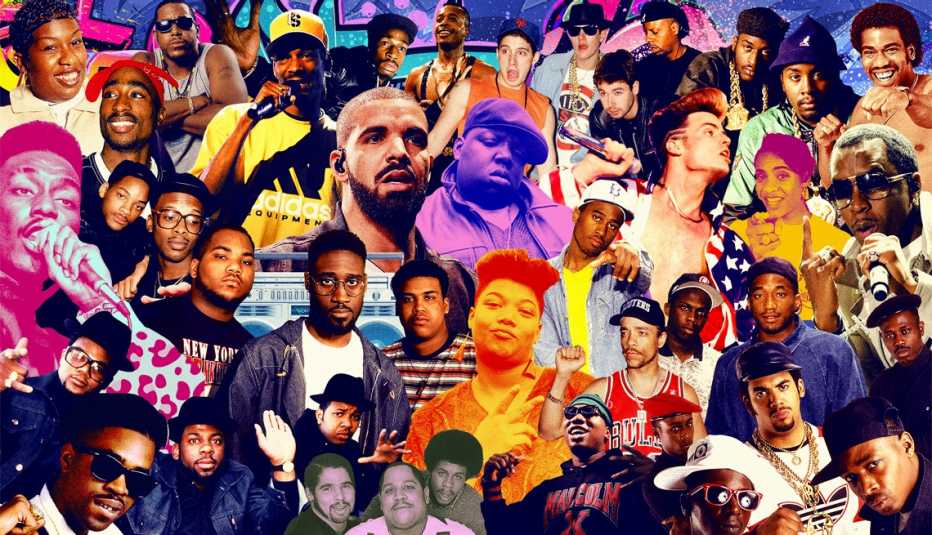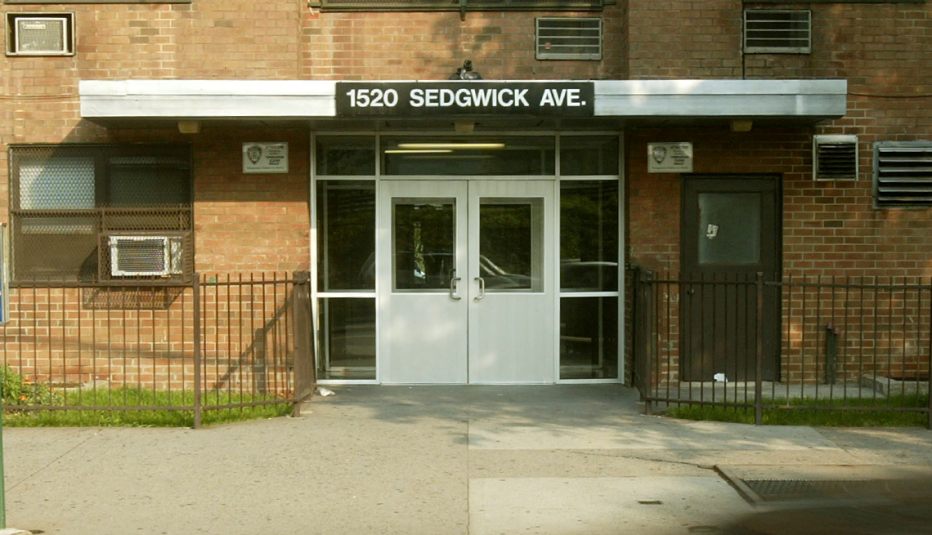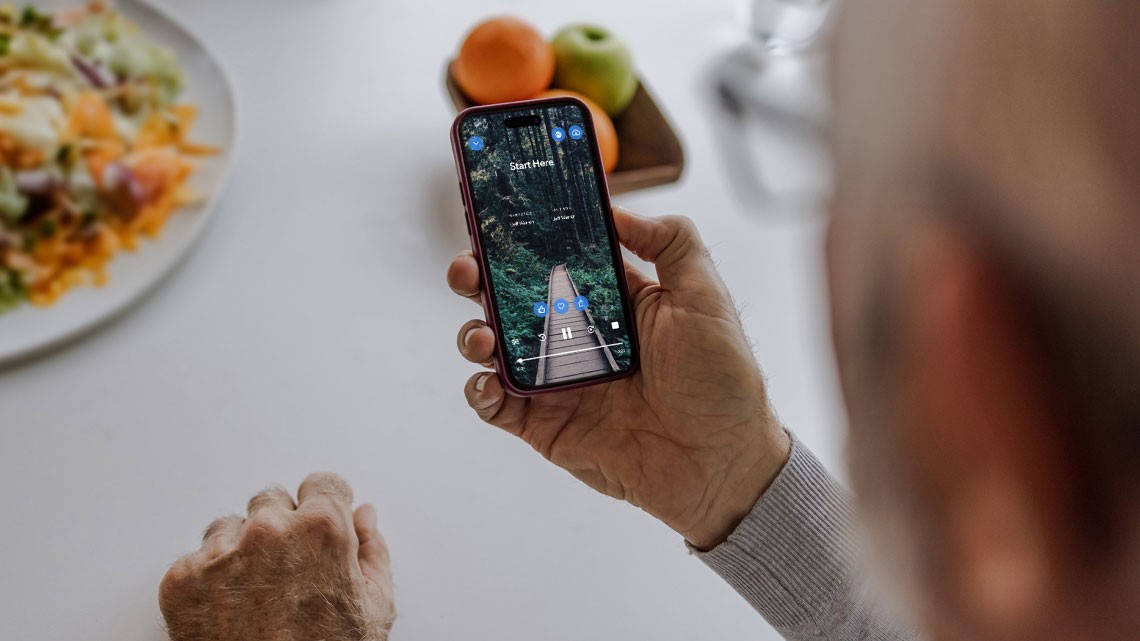Staying Fit


It all started on Aug. 11, 1973. An 18-year-old Clive Campbell and his younger sister Cindy hosted a dance party, billed as a back-to-school jam, in the rec room of an apartment complex at 1520 Sedgwick Ave. in the Bronx, New York. (These details are now the stuff of legend.) Clive, who spun records under the moniker DJ Kool Herc, had previously noticed that dancers responded to the instrumental breaks in songs, especially those heavy with bass and drums. So he set up two turntables and artfully switched between them to isolate and extend the “breakbeats,” never losing the rhythm. Hip-hop was born.
Many said it would be a fad, like so many pop-cultural trends before and after. But in the 50 years since that fateful event, hip-hop has entrenched itself in our society.


I became aware of hip-hop as a college student in late ’70s New York. It was the antithesis of disco glamour. You could wear sneakers and baseball caps and be part of the party. A number of kid-friendly practices (rhyming over a beat, deejaying, break-dancing on cardboard, spray-painting graffiti on walls) coalesced into a coherent culture. As a writer, I watched and documented hip-hop as it grew from a small scene to one with national and international appeal. A huge part of hip-hop’s success is that it’s adaptable, so the music, rhyme style, dances and clothes evolved while remaining true to the culture. Much of modern hip-hop sounds nothing like the old-school beats I heard back in the day. But by remaining a potent medium of youthful expression, hip-hop has stayed contemporary.


AARP Membership— $12 for your first year when you sign up for Automatic Renewal
Get instant access to members-only products and hundreds of discounts, a free second membership, and a subscription to AARP the Magazine.
Over the decades, detractors have come after hip-hop. Record industry professionals. African American church groups. Women’s groups. Politicians of both major parties. Yes, at times, much hip-hop has been raw, rude and viewed as a niche expression. But the attacks reaffirmed the value to its fans. While critics disdained its language, there was an unrestrained honesty that spoke to younger people. And hip-hop was an underdog, fighting for respect from the makers of rock, jazz and country. But as the genre became more popular than any other, it eventually influenced all those styles that came before it. You can even hear rapping and trap beats in some country songs today.
Just as significant: Hip-hop sells movies, TV series, clothing, alcohol, sneakers, perfume, hair products and brands of every description — and has made billionaires of its sharpest entrepreneurs. (Jay-Z, Rihanna and Sean “Diddy” Combs are among the richest people in the world, from business ventures encompassing more than just songcraft.)
It isn’t only America. Travel to South Korea, Brazil, Poland or South Africa — practically anywhere — and hip-hop scenes proliferate. And it all started at a small party in the Bronx.
Essential playlist
Nelson George lists these as the most important tracks in 50 years of hip-hop.
“Rapper’s Delight,” Sugar Hill Gang
The big bang that took rap from the New York streets to vinyl was masterminded by R&B singer Sylvia Robinson after she heard a rapping DJ at a Harlem club.
“Sucker MCs,” Run-DMC
Over a drum machine and minimal instrumentation, Joseph “Run” Simmons and Darryl McDaniels established an aggressive vocal style that made them rap’s first superstars.
“The Message,” Grandmaster Flash & the Furious Five
This socially conscious landmark showed that hip-hop could be about more than party rhymes and breakbeats.
“Fight the Power,” Public Enemy
Spike Lee wanted an anthem to open his movie Do the Right Thing. Chuck D, Flavor Flav and the Bomb Squad production team delivered a sonic assault.




































































More From AARP
Who Is DJ Kool Herc?
Innovator’s Bronx party is official birth of hip-hop
Ice-T Describes His Unique American Journey
From street hustler to rap icon to ‘Law & Order: SVU’ star
This Dancing Mom Became a Social Media Sensation
Marie Moring’s hip-hop how-to on TikTok helped save her dance studio